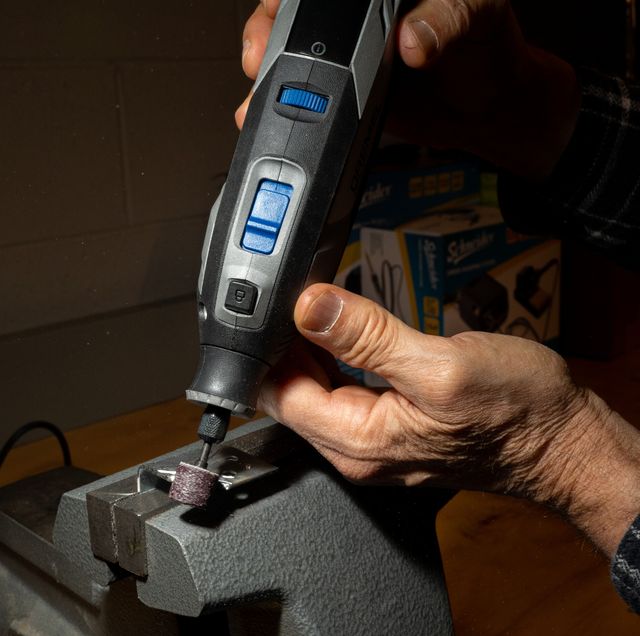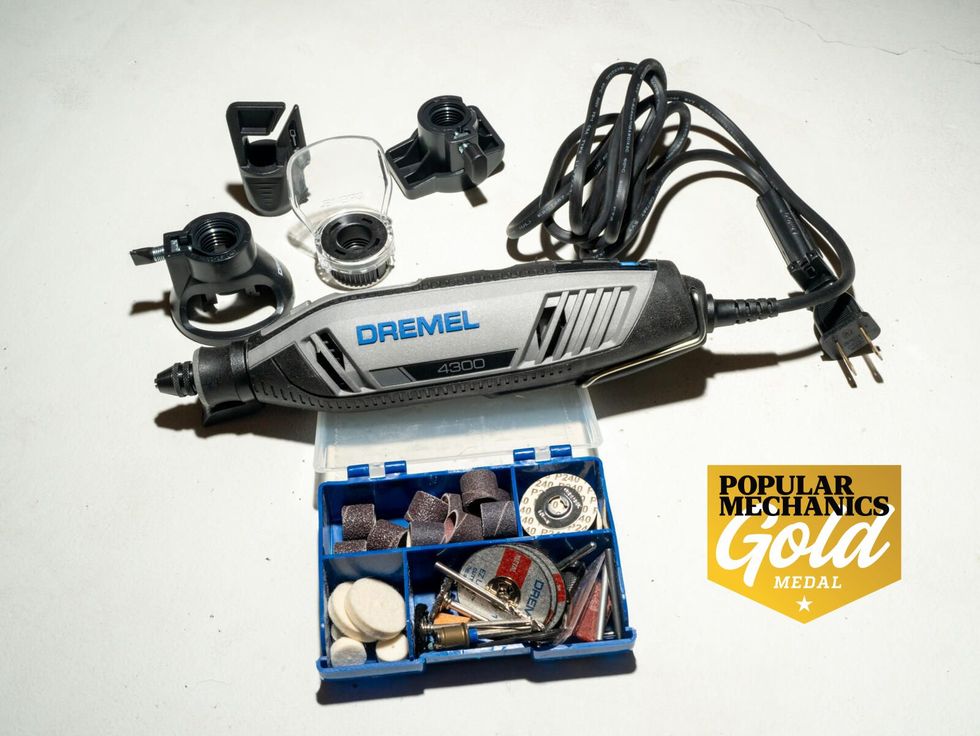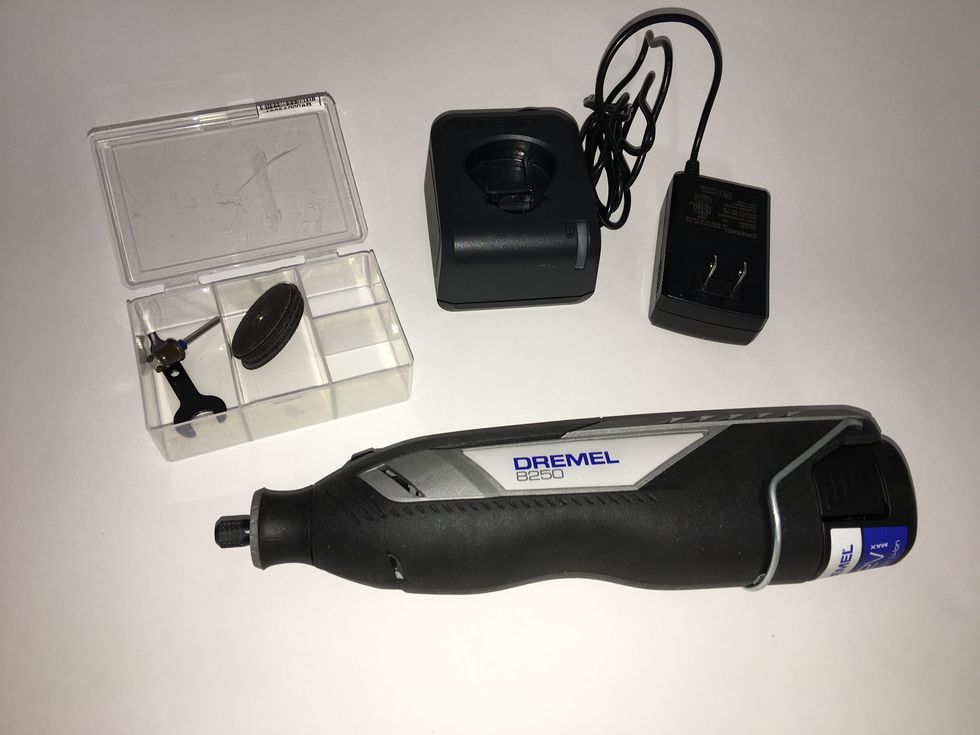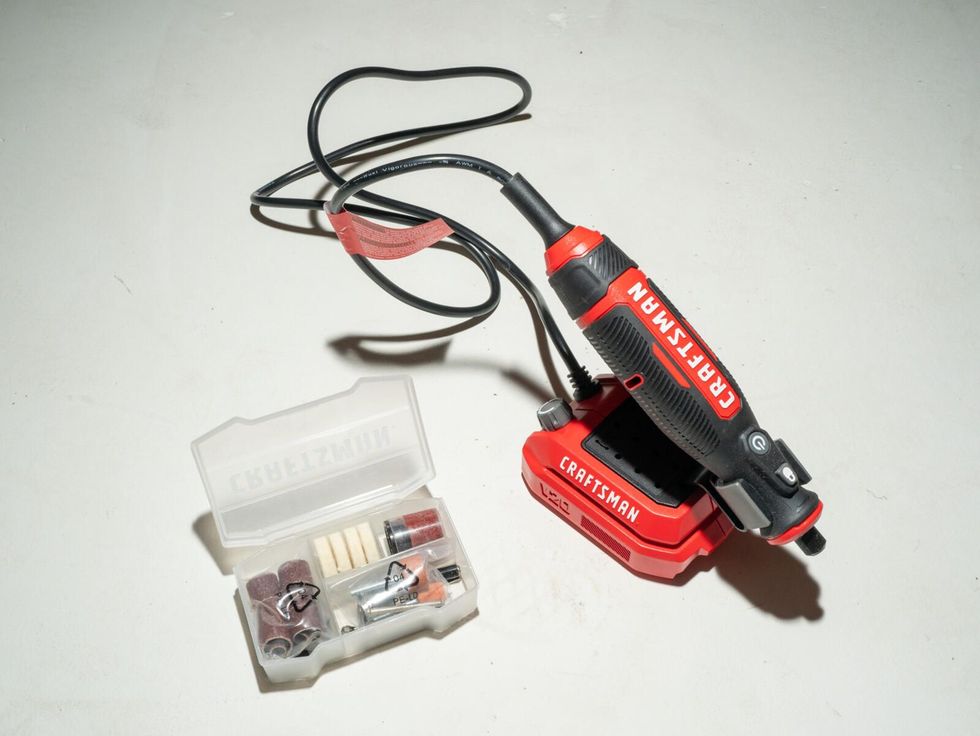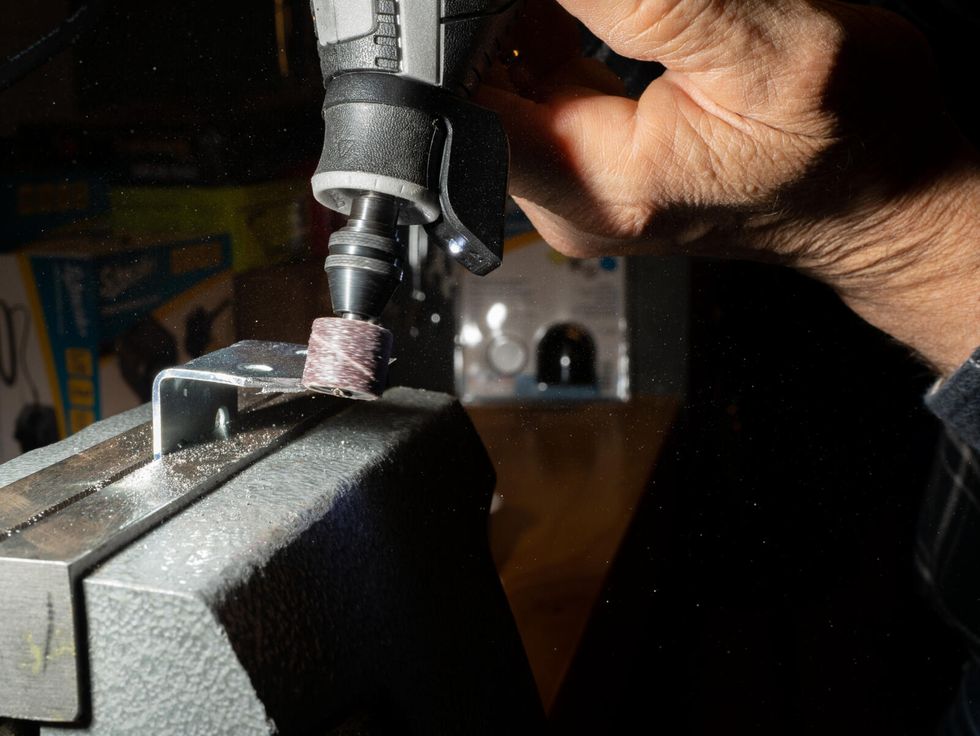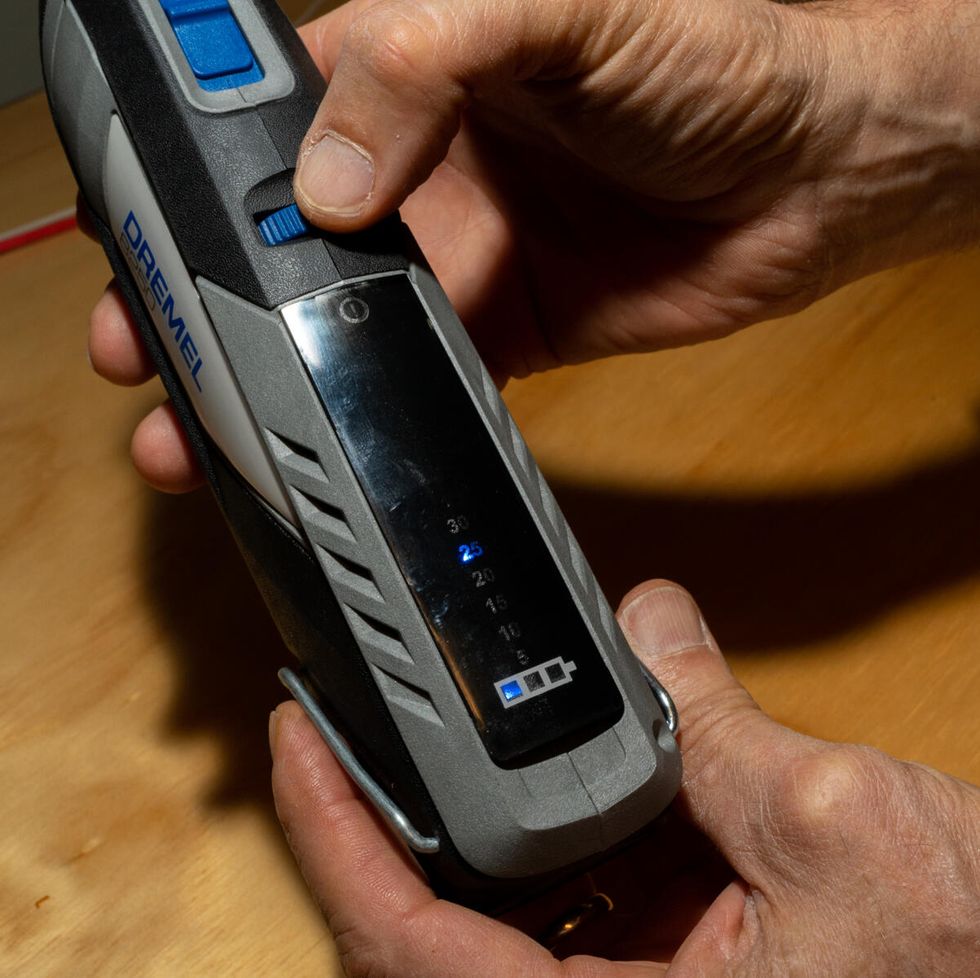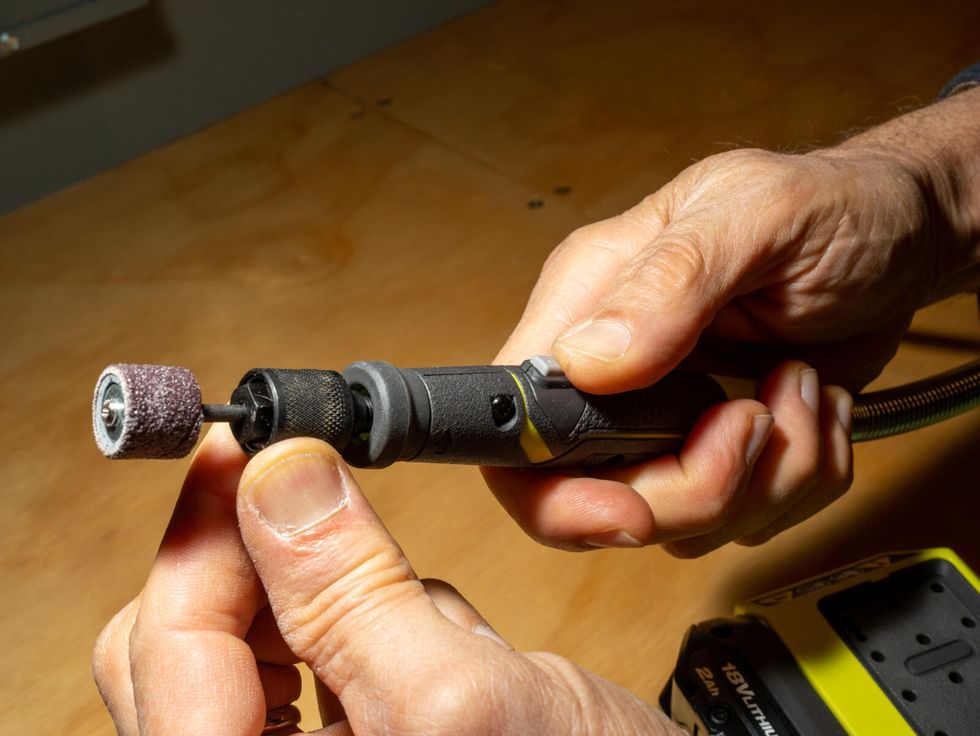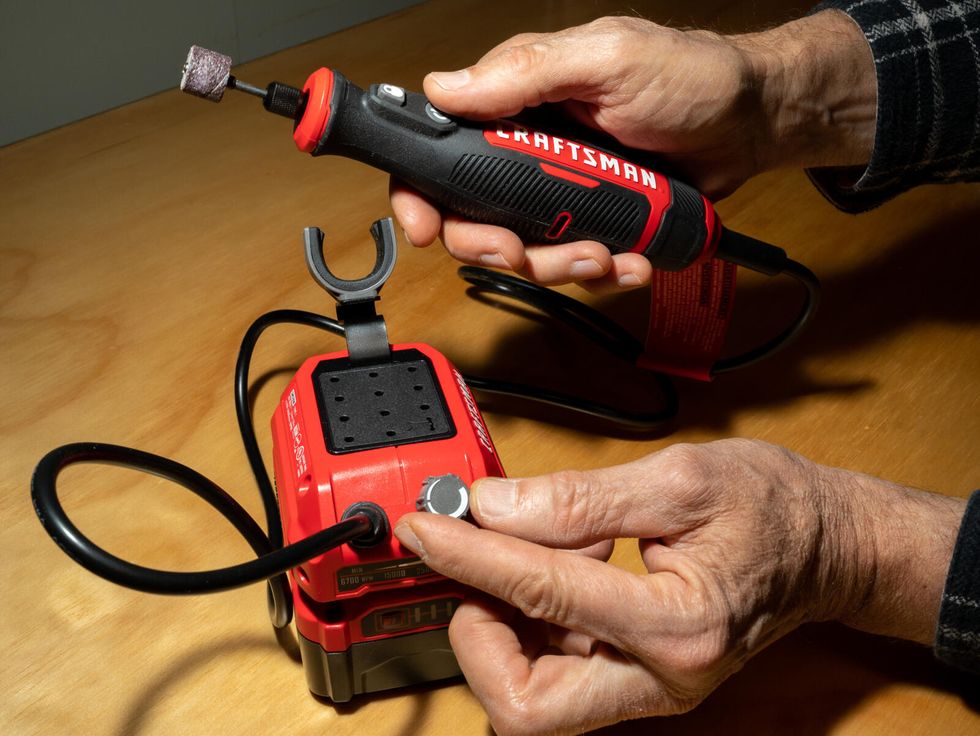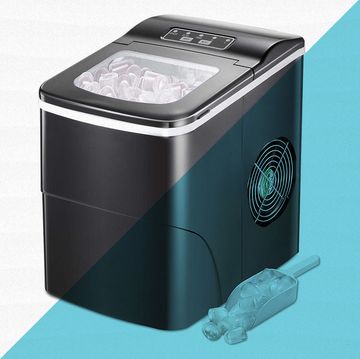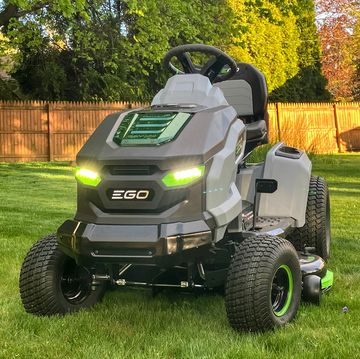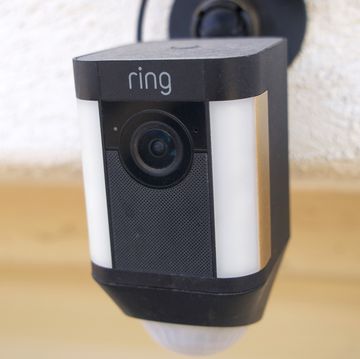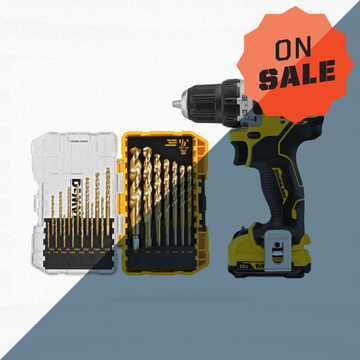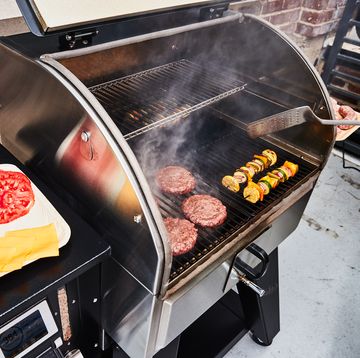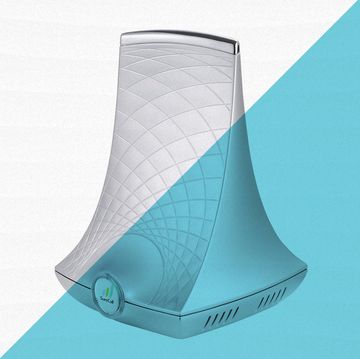For decades, the corded Dremel rotary tool has been the gold standard by which all rotary tools are judged. Its influence on this category is so profound that people will often refer to any rotary tool as a Dremel. It has a well-earned reputation for toughness, with a small but solid motor that runs smoothly at top speed (somewhere in the range of 30,000 rpm) but can also operate at slower speeds when you need more torque and control than you would get with high rpm.
For many people, including me, it’s the first power tool they’ve ever used. (Cordless drills didn’t exist when I started out 50 years ago.) I don’t know how old my existing Dremel is I’ve had it for so long. But I can tell you that newer models are even more powerful and just as smooth running.
The Dremel tool just seems to be getting better and better. So much so that we’ve wondered whether any rotary tool—especially cordless models—can outperform the corded Dremel in what it does best: grinding, sanding, removing burrs, drilling tiny holes in hard-to-reach places, cutting metal, wire brushing, and buffing small metal parts. But now there are more cordless versions of rotary tools than there are corded, and a lot more manufacturers have entered this space. The stalwart Dremel has no shortage of challengers.
There are four basic configurations of these tools, and we’ve tested one of each:
- Corded: A conventional 120-volt power tool with a power cord that you plug into an outlet. This is where the formidable Dremel 4300 fits.
- Cordless: A conventional cordless rotary tool powered by a removable battery. We filled this slot with a 12-volt Dremel 8250.
- Cordless with flexible drive shaft: A cordless rotary tool connected to the speed control/power unit with a flexible drive shaft. Ryobi’s PCL480K1 occupies this niche.
- Cordless-corded hybrid: A cordless rotary tool connected to its battery (and speed control/power unit) with a power cord. The Craftsman CMCe030 is the best tool of this type.
So we ran this test as the corded Dremel 4300 against all comers, including another from Dremel itself. For quick info on these tools, see the list below. Then keep scrolling for the details of our testing protocol and the results of the rotary tool showdown.
The Best Rotary Tools
Testing Cordless Vs. Corded
All rotary tools will pretty easily handle drilling, sanding, and grinding on wood, non-ferrous metals, and plastics. But by far the toughest test for them is to cut and grind steel. So that’s where we spent most of our time, cutting steel rod, removing burrs from the surface of 1⁄16-inch steel, and cutting miscellaneous steel parts such as brackets. All four tools turned in credible performances. So you can feel confident buying any of them.
However (and here’s a bit of a spoiler alert), if you plan on getting a lot of use out of your rotary tool, the corded Dremel 4300 is still the best. Cut the occasional small bolt, drill small pilot holes in wood in tight spots, and grind plastic or wood to shape? Any tool here will work. But let’s say you’re going to grind the rust off of several steel railing posts, and you expect to do that for anywhere from one to three hours. Then you need corded power.
Getting the Most Out of Your Tool
Finally, we’ve said this before but it bears repeating: Any tool, whether a rotary tool, a cordless drill, or a saw, is only as good as the bit or blade that you put in it. Don’t skimp on accessories. When an abrasive disc, sleeve, or grinding bit is worn out, replace it. You can clean abrasives (particularly sanding sleeves) when they get loaded by pressing them against a gum rubber cleaning block. Just run the abrasive against the block at mid speed to sweep away built-up debris. Then you can go back to work. The more frequently you clean the abrasive, the longer it lasts.
The Results
As to the 4300, what standard would we use to compare it? Roughly speaking, we put its performance somewhere within the range of a compact die grinder. We don’t mean to say that you could put the 4300 to work in a tool and die shop; you’d wear it out. But in terms of its stubbornness and how smoothly it runs, we think the comparison to a small die grinder is apt. Of course, the Dremel comes with an accessory set that no die grinder comes with. And with dial-adjusted speed control (5,000-35,000 rpm), it’s a heck of a lot easier to use and way more versatile for small jobs. We also liked its rotating and removable LED work light. And as we say above, one of the things that sets Dremel tools apart is that they run smoothly under load. That’s the case here. The 4300 is a pleasure to use and still the best rotary tool you can buy.
The Dremel 8250 is the company's most powerful cordless rotary tool. And, of the three challengers to the corded Dremel, it’s the most capable. We attribute that performance to the solidity of its motor and spindle assembly. It runs smoothly, adjusts incrementally, and stands up to hard use. It exhibits no vibration under load. One of our tests was to cut 5⁄16-inch mild steel rod (not hardened drill rod, in other words). The Dremel did just fine, managing to slice through the rod in roughly 20 seconds. So if this petite tool can handle that much steel, it will easily perform the work it was designed to do, like nip off a finish nail or deburr the rough edge left by a hack saw. The tool’s LED motor-rpm readout on its handle helps guide you to the correct speed setting. But if you listen carefully to the motor’s whine and keep an eye on the tool’s performance, you can set the motor speed to suit pretty accurately too. The readout, however, can help you reset the tool to the same rpm the next time you undertake an identical cut or grind operation. Quickly setting tool speed is always a plus.
This Ryobi takes an 18-volt battery that clicks into its power unit, which connects to the pen by a 36-inch flexible drive shaft. The speed control is a dial on the power unit (5,000-35,000 rpm) or a foot pedal accessory. The pen is particularly well designed in that its collet is tool-free. Slip the shaft of any accessory bit into the collet and tighten the knurled lock ring. The PCL480K1 is powerful, but we did notice some vibration due to its flexible drive shaft. That’s not a deal breaker by any means, but, for example, that vibration did slow us down cutting through the 5⁄16-inch steel rod, with the tool clocking about 50 seconds to make the cut. To put this another way, in terms of light-duty and mid-duty tasks, the rotary tool has more than enough power. But when you really lean into it, the vibration from its flexible drive shaft robs some of that power. As to its ranking relative to the 4300, we’d put it well behind that tool overall. But for light and mid-duty jobs with it, it’s still plenty of rotary tool.
In terms of power, the CMCE030 is about average, ranking well behind the 4300, closer to the smaller 12-volt Dremel and ahead of the Ryobi. We preferred its design to that of rotary-shaft power tools because it exhibits less vibration. The rotary tool connects to the power unit by a power cord, not a flexible drive shaft. That power cord is lighter and more flexible than a drive shaft. The Craftsman is a particularly compact and stripped-down form of rotary tool. In the box, you find the rotary tool, which is permanently attached to the power unit-speed control by its power cord. The tool is sold bare. We ran our test with a hulking 4-Ah battery, but any Craftsman 20-volt battery slides into the base of the power unit-speed control. We appreciated the Craftsman’s small size and light weight. You can store it in even a crowded tool box.
The power unit and speed control are the smallest and simplest of the designs here. A small knob to the right of the power cord controls the speed. A perforated plastic plate sits atop the battery and accepts up to 12 accessories. A holder positions the rotary tool for ready access when it’s not in use.

Roy Berendsohn has worked for more than 25 years at Popular Mechanics, where he has written on carpentry, masonry, painting, plumbing, electrical, woodworking, blacksmithing, welding, lawn care, chainsaw use, and outdoor power equipment. When he’s not working on his own house, he volunteers with Sovereign Grace Church doing home repair for families in rural, suburban and urban locations throughout central and southern New Jersey.
